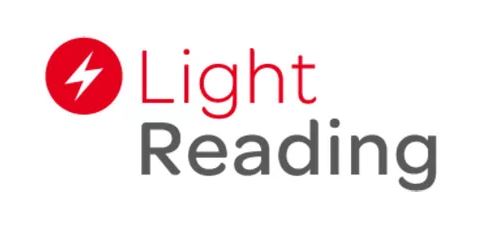John Deere wants 5G to cover ‘every ear of corn and stalk of soybean’
In the competitive US wireless market, operators typically use population covered, or POPs, as a measurement to showcase how pervasive their 5G network is across the country. But for a company like John Deere, which is focused on using 5G to improve the global agriculture sector and increase the food supply, building a 5G network that just covers urban corridors and cities isn’t enough.
Instead John Deere wants 5G to connect the land, not just the people.
“We want to make sure that every ear of corn and stalk of soybean has the opportunity to succeed,” said Dan Leibfried, director of advanced technology at John Deere’s Intelligent Solutions Group.
The tractor company is pleased to see that US wireless operators are frantically working to expand their 5G footprints – T-Mobile said in early August that its 5G network is now available in more than 7,500 cities across the country and covers 225 million POPs, and AT&T said its network covers 205 million POPs and is available in 395 cities. Verizon, meanwhile, only has 5G available in about 35 cities, though has promised nationwide 5G later this year.
“We can’t stop short of just connecting rural communities,” Leibfried said. “We are pushing to boldly cover the land, not just the people.”
That’s why the company is closely monitoring the FCC’s CBRS spectrum auction – dubbed Auction 105 – that is currently underway. Auction 105 offers 70MHz of spectrum on a county basis across 3,233 areas. Because the county-size license areas are smaller than the partial economic areas (PEAs) that have been offered in recent auctions, it is likely that a wider pool of applicants will participate in the auction. And it appears that strategy is working: When the FCC released its list of qualified participants before the auction started, there were 271 qualified bidders. This is a much higher number than the millimeter wave spectrum auction that occurred earlier this year and attracted just 35 qualified bidders.
To read the complete article, visit Light Reading.

















